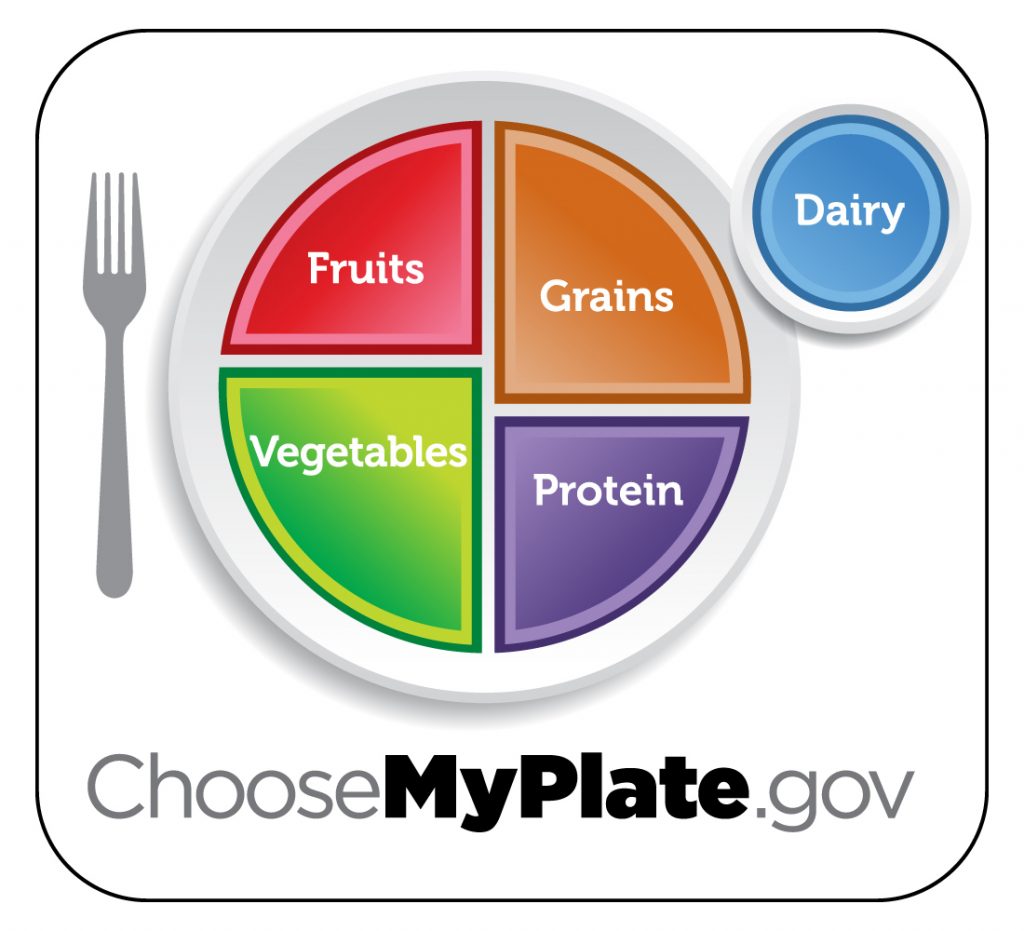Create a Healthy Lifestyle
Lifestyle, or your diet and physical activity habits, has an impact on your health. These habits can determine how you feel every day and can make a difference in your health over a lifetime. In fact, your lifestyle plays a big part in your risk of developing chronic diseases such as type 2 diabetes, cardiovascular disease, high blood pressure, and even some cancers. These diseases are the biggest health concerns in the United States today, with almost half of American adults living with one or more of these conditions. Unhealthy eating habits and not being physically active contribute to these health concerns. The good news is eating healthily and living actively can help keep you healthy today and in the future. A healthy lifestyle can also help you feel more energetic.
A healthy lifestyle is one that balances diet (food and beverage choices) with physical activity. The goal of this cookbook is to help you create your own healthy lifestyle that fits your food and beverage choices and meets your needs and interests for physical activity.
The next few pages will guide you through the steps for creating a healthy lifestyle that fits your interests, culture, and personal preferences. Keep in mind that there is no one right way to create a healthy lifestyle. A healthy lifestyle is unique to each person, yet is guided by the same recommendations.
The Dietary Guidelines for Americans
The information and suggestions in this cookbook are based off the Dietary Guidelines for Americans. The U.S. Department of Agriculture (USDA) and the U.S. Department of Health and Human Services (HHS) provide these guidelines to help Americans make healthy choices about food and beverages. Research has shown that when it comes to health, everything you eat and drink matters. Your food and beverage choices have a big impact on your well-being, especially over a lifetime. Making smart choices today can help you live a healthier life now and in the future.
To help Americans follow the guidelines, the USDA and HHS developed MyPlate, MyWins. MyPlate, MyWins helps individuals create their own personalized food habits that support good health while meeting cultural and personal preferences.
There are five food groups that make up MyPlate: fruits, vegetables, grains, protein, and dairy. Eating a balanced diet that includes all five food groups can help you maintain your health and reduce the risk of chronic disease.

10 Tips For a Healthy Diet | |
Make half your plate fruits and vegetables Fruits and vegetables are full of vitamins and minerals. They are also low in calories. Eating colorful fruits and vegetables provides a variety of vitamins important for good health. | Make half your grains whole grains |
Focus on whole fruits | Move to low fat or fat-free dairy |
Vary your veggies Fresh, frozen, and canned vegetables are all good choices. Pick frozen vegetables without added sauces or seasonings and canned vegetables low in sodium. | Vary your protein routine |
Choose beverages and food with less sodium, saturated fat, and added sugars | Satisfy your sweet tooth in a healthy way |
Drink water instead of sugary drinks | Pick healthy snacks |
Learn how to reduce sodium, fats, and added sugars on the next page.
